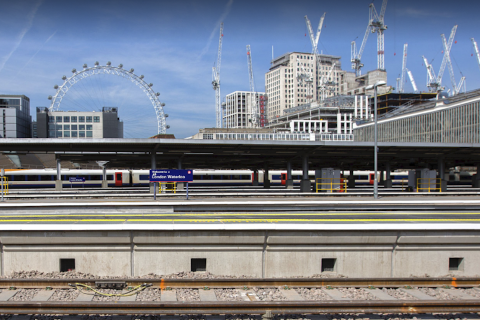A common language for European train drivers: additional hurdle or solution?

The European rail sector remains divided: should there be a common language for cross-border train operations for staff such as train drivers, personnel and traffic controllers? The remarkable thing is that freight association ERFA, which represents private and independent railway companies, and the Community of European Railway and Infrastructure Companies (CER) and Transport workers Federation ETF use seemingly similar arguments, but with an opposing outcome.
Want to read more?
You have read all of your free premium articles for this month. Please become a subscriber to keep reading.
Subscribe now!
Take advantage of our exclusive offer to get full access to all premium content.





Spanish, Russian, Arabic, Mandarin and Portuguese are also used in aviation. This rule pushing train drivers to speak a foreign language is absurd.
In understand under the “english” proposal train drivers in France would be obliged to certify language knowledge in either French oder English at their choice, in Germany in either German or English, in Italy in either Italian or English …
Their counterparts would have to speak both languages. BTW, communication betweeen tower and plane used to take place in a common radio channel.
Would a lower general language competence than B1 be sufficient, plus special terms in the railway sector?